Understanding Neural Networks: A Guide for Beginners
Table of Contents
Interested in neural networks? You’re in the right spot! Let’s explore neural networks in an easy and fun way.
Have you ever wondered how Spotify knows what songs you like? Or how Google Photos groups pictures of the same person? This is all thanks toneural networks a cool part of AI and deep learning.
What are Neural Networks?
Neural networks, or artificial neural networks, are a kind of machine learning. They work like the human brain, learning from data just as we learn from experiences.
How Neural Networks Work
Neural networks have layers of nodes, called “neurons”. Each neuron gets input, does a calculation, and sends the output to the next layer. This is similar to how our brain’s neurons send signals. This is calledforward propagation.
Whentraining the network improves its guesses. It checks its output against the right answer, then adjusts to make fewer mistakes. This is calledbackpropagation. It’s like learning from errors in a practice test to do better on the real one.
Deep Learning Explained
Deep learning is a more advanced type of neural network with many layers. These extra layers help the network spot complex patterns and make better predictions.
Different Types of Neural Networks
There are many kinds of neural networks, each good for different tasks. Here are a few:
- Convolutional Neural Networks (CNNs):Great for recognizing images and videos, CNNs can spot patterns in pictures to identify objects and faces.
- Recurrent Neural Networks (RNNs):Good for data that follows a sequence, like time or language, RNNs can use past inputs to predict future events or understand speech.
- Generative Adversarial Networks (GANs):Made of two competing networks, GANs can create new data that looks real. They’re often used to make realistic images or videos.
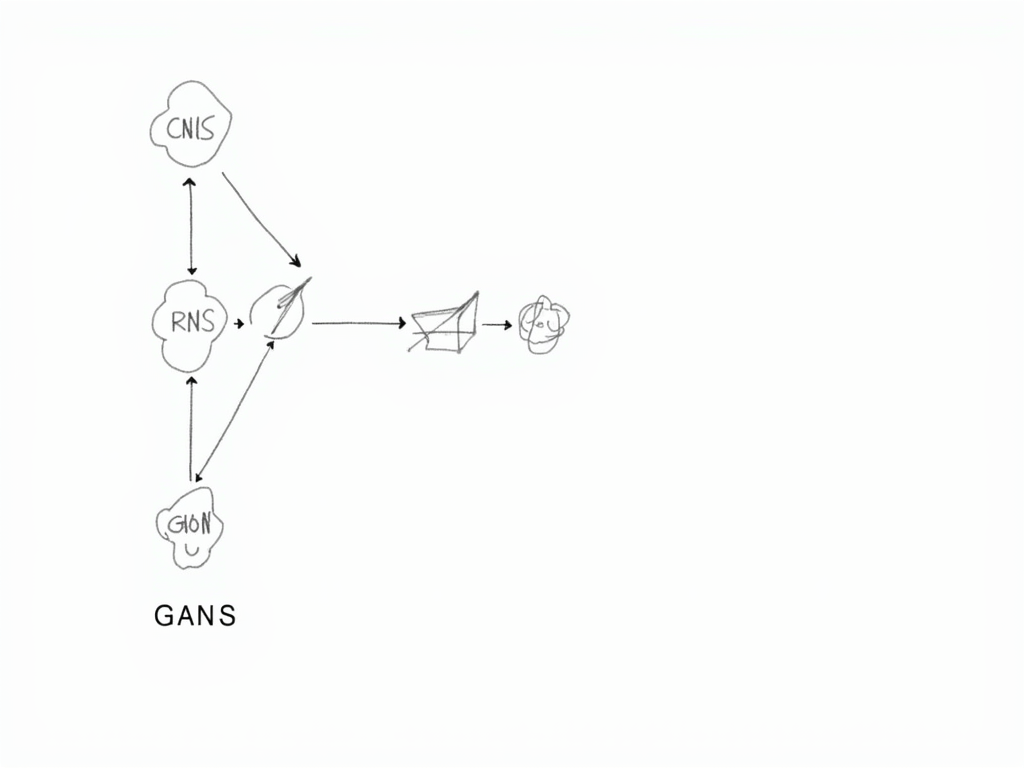
Real-World Uses of Neural Networks and Deep Learning
Neural networks and deep learning are used in many areas. They help with voice assistants like Siri and Alexa, self-driving cars, image recognition, language translation, and even in healthcare for finding diseases.
One cool use is in art and music. Deep learning can create new music in the style of famous composers. It shows how creative these systems can be!
Another amazing use is in healthcare, where deep learning helps find diseases in medical images very accurately, sometimes even better than humans. This could change how we diagnose and plan treatments.
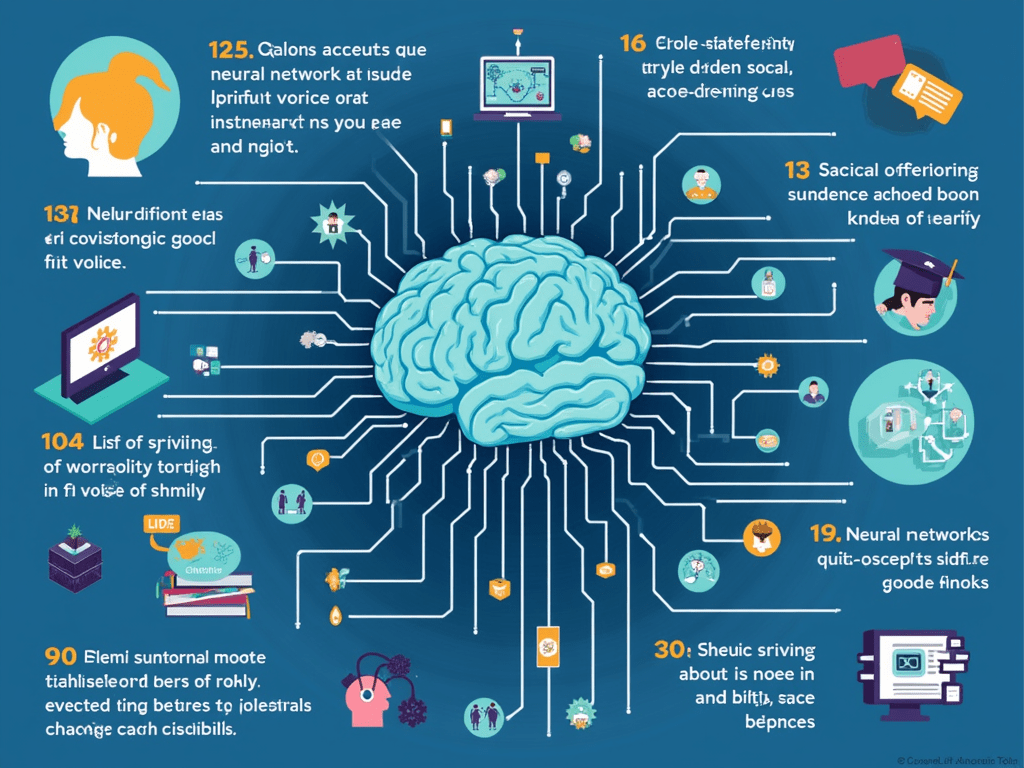
The Science Behind Neural Networks
To really get how neural networks work, you need to know some math and algorithms. Important ideas include:
- Gradient Descent:A way to make predictions more accurate by tweaking the network bit by bit.
- Activation Functions:These decide if a neuron should turn on or off, helping the network learn complex stuff.
- Loss Functions:They check how good the network’s guesses are. Common ones are mean squared error and cross-entropy loss.
This math is what lets neural networks learn from data and make smart guesses.
Thinking About Ethics
As we dive into neural networks, we must think about ethics. We need to talk about data privacy, bias in AI, the environmental cost of big neural networks, and jobs in an AI world. It’s important for everyone making and using these technologies to think about how they affect us all.
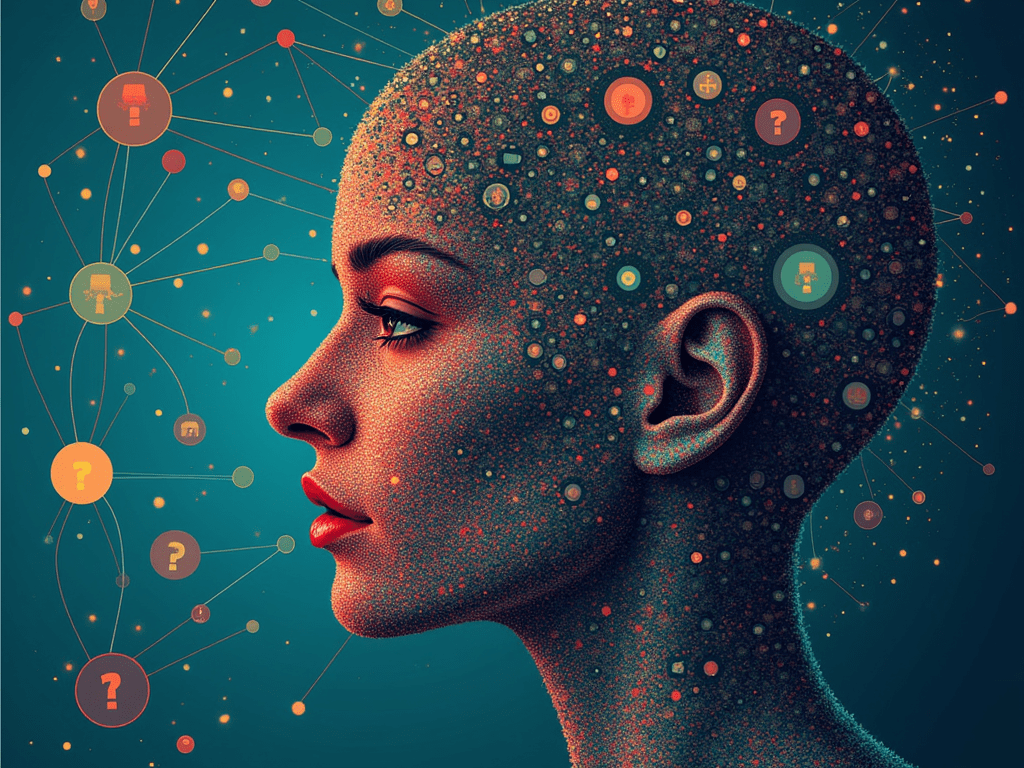
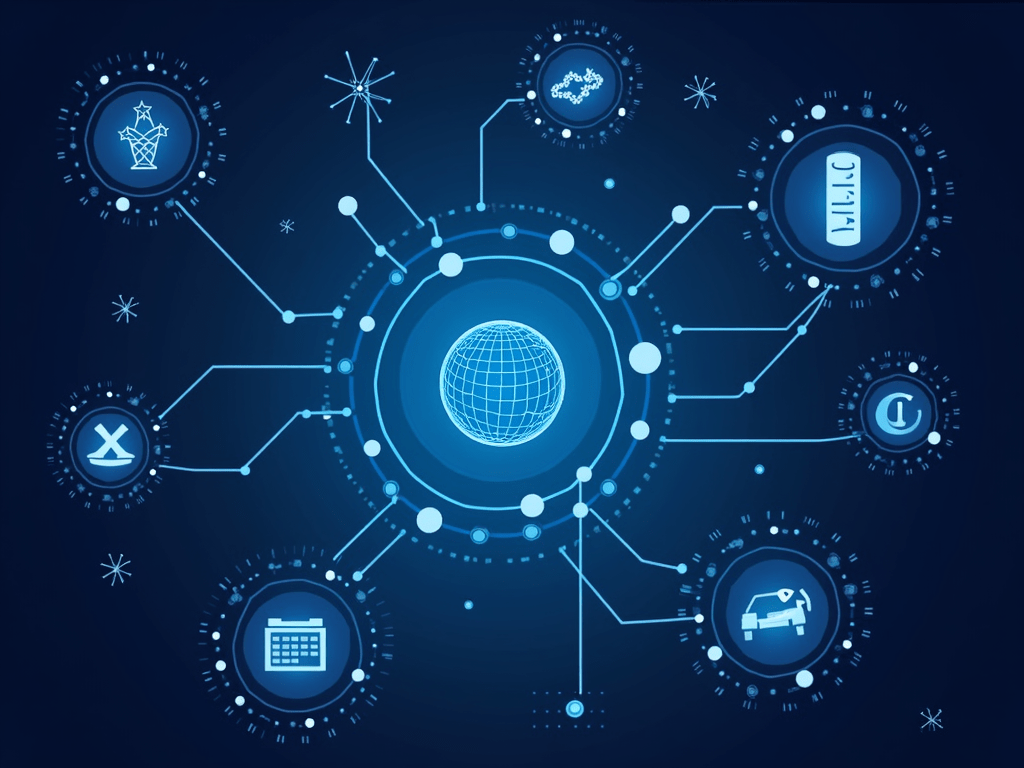
These trends could make neural networks more powerful, faster, and easier to use. They might even change how we interact with technology in our daily lives.
- Quantum Neural Networks: These combine quantum computing with neural networks. They might solve complex problems much faster than classical computers.
- Edge AI: This is about running AI models on local devices like smartphones and IoT devices, rather than sending data back to a server. It can make AI applications much faster and more private.
- Automated Machine Learning (AutoML): This technology automates the process of selecting the best models and settings. It can make neural networks accessible to more people, not just experts.
Neural networks are rapidly evolving. Looking ahead, there are several exciting trends that could shape their future:
Future Trends in Neural Networks
Understanding and balancing between overfitting and underfitting is key to building effective neural network models.
- Add more data: Having more data can help the network learn more general patterns rather than memorizing specific cases.
- Use regularization: Techniques like L1 and L2 regularization can prevent the model from becoming too complex and overfitting.
- Simplify the model: Reducing the number of layers or the number of neurons in each layer can help if your model is overfitting.
- Early stopping: This technique stops training when the model’s performance on a validation set stops improving, preventing overfitting.
Here are some ways to handle these issues:
When you train a neural network, there’s a risk that it could learn your training data too well. This is called overfitting. It means the network might not perform well on new, unseen data. On the other hand, underfitting happens when the model is too simple. It doesn’t learn the underlying patterns of the data well enough.
Understanding Overfitting and Underfitting in Neural Networks
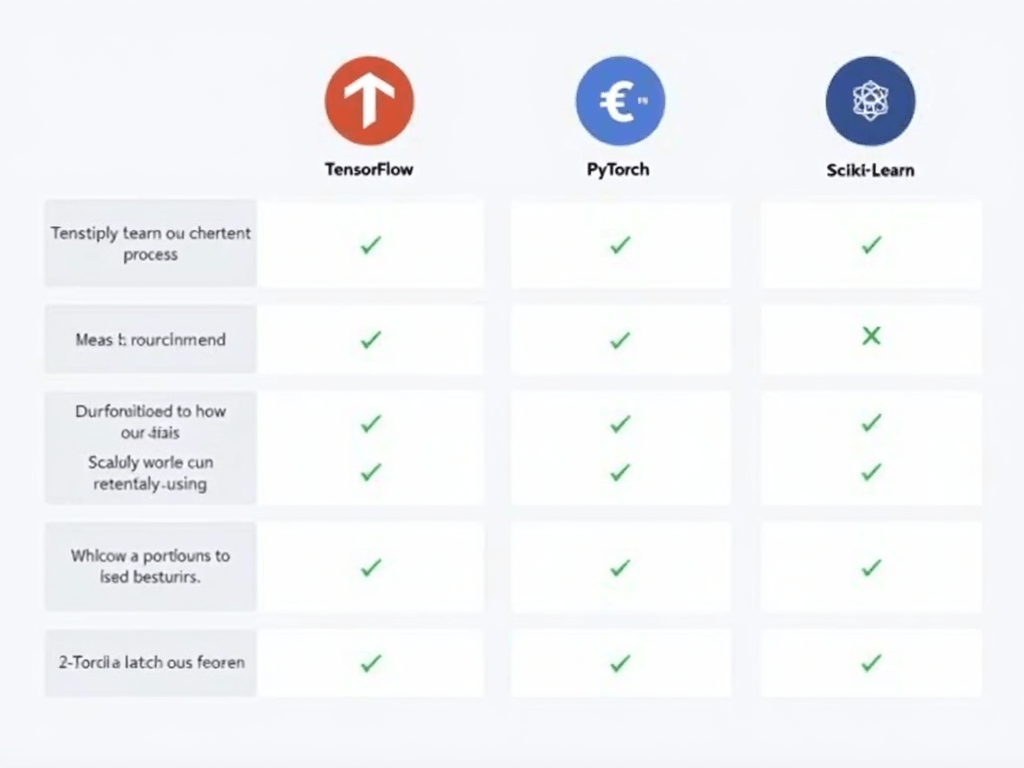
These tools come with lots of examples and tutorials. They can help you see how neural networks work in different situations.
- TensorFlow: This is a powerful library developed by Google. It’s great for both beginners and experts. You can use it to create complex neural network models.
- PyTorch: Developed by Facebook, PyTorch is known for its ease of use and flexibility. It’s especially good for projects that need to change a lot as you work on them.
- Keras: Keras is built on top of TensorFlow. It makes things simpler for those who are new to neural networks. It lets you build and test models with less code.
- Scikit-learn: While not specifically for deep learning, it’s great for machine learning in general. It can be a good starting point before moving on to more complex neural network projects.
When you start working with neural networks, choosing the right tools and libraries is crucial. These tools help you build, train, and test your models more efficiently. Let’s look at some popular choices:
How to Start Learning?
Starting with neural networks and deep learning might seem hard, but it’s doable. Here’s how to begin:
- Learn the basics of machine learning and algorithms.
- Understand neural networks, like neurons, layers, forward propagation, and backpropagation.
- Try out simple models with programming languages like Python or R.
- Move on to deep learning, and learn about different neural networks.
Key Insights
Neural networks are smart systems that learn from data to make predictions. They power many modern tools, from music recommendations to voice assistants. Deep learning lets them understand complex patterns. Starting with basic machine learning and moving to more complex topics is the way to learn.
Ready to dive into neural networks and deep learning? Remember, every expert started as a beginner. Enjoy learning!
So, that’s a beginner’s guide to neural networks. What did you learn? I’d love to hear from you!

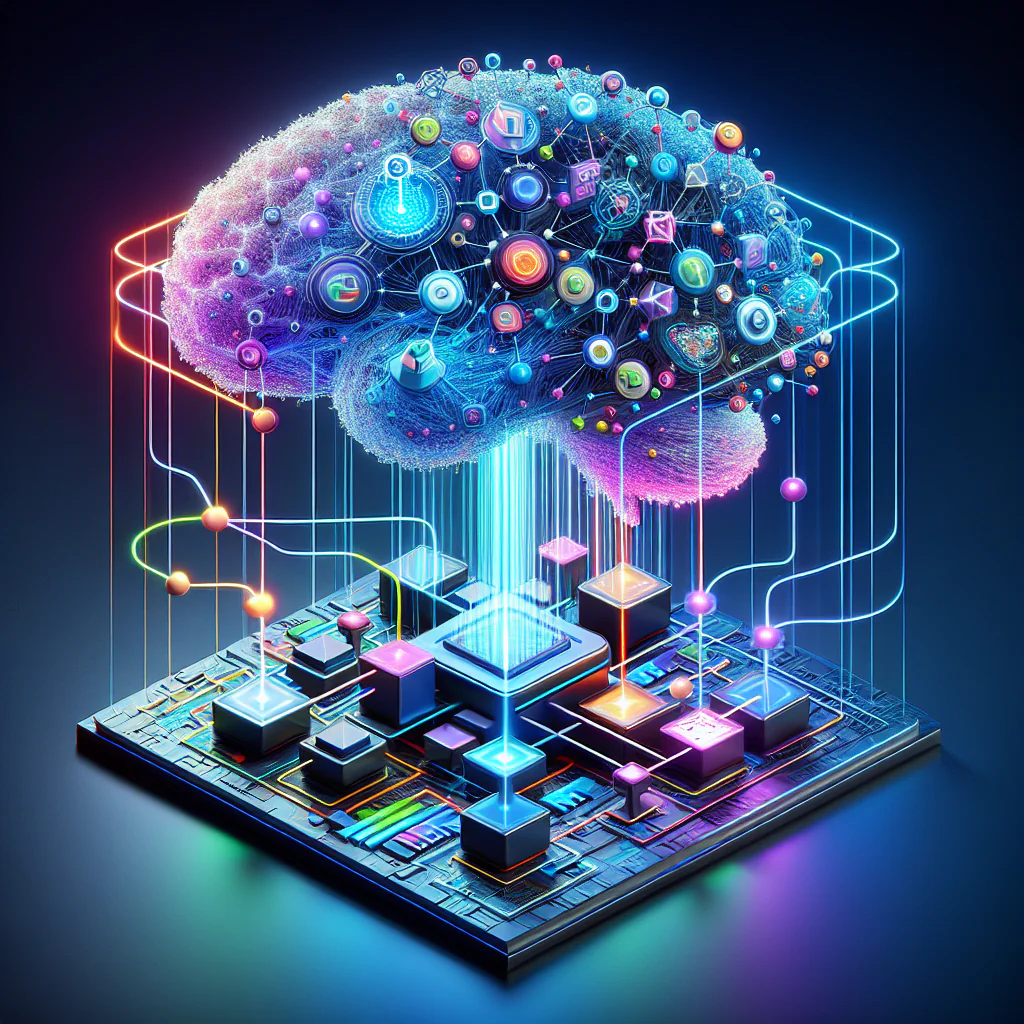
The website design looks great—clean, user-friendly, and visually appealing! It definitely has the potential to attract more visitors. Maybe adding even more engaging content (like interactive posts, videos, or expert insights) could take it to the next level. Keep up the good work!